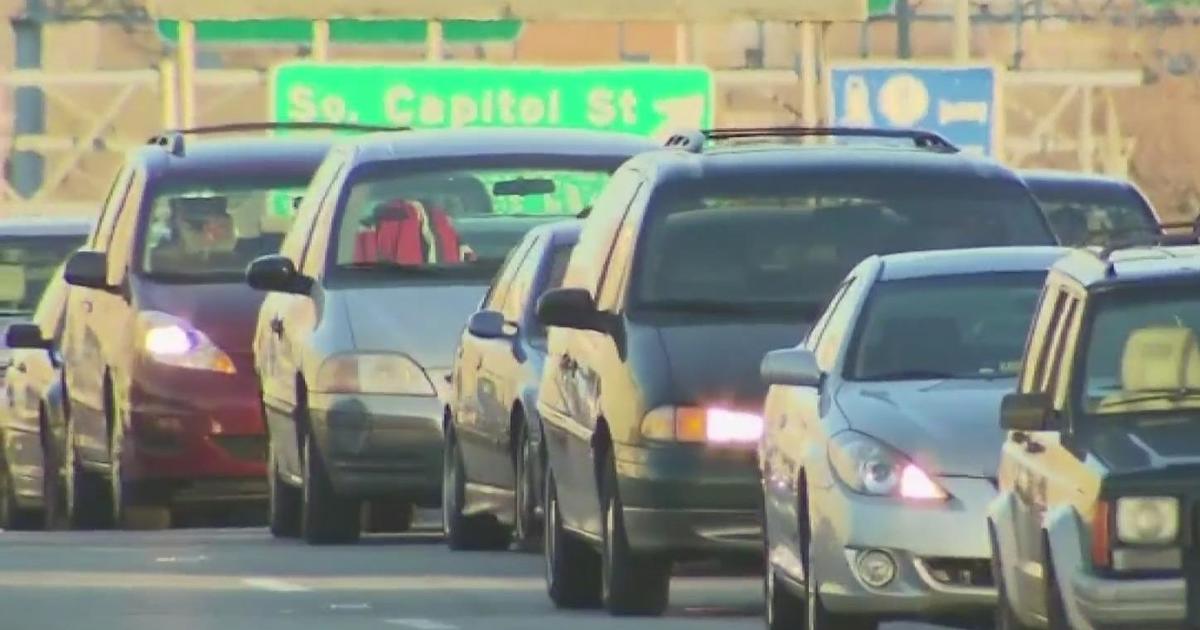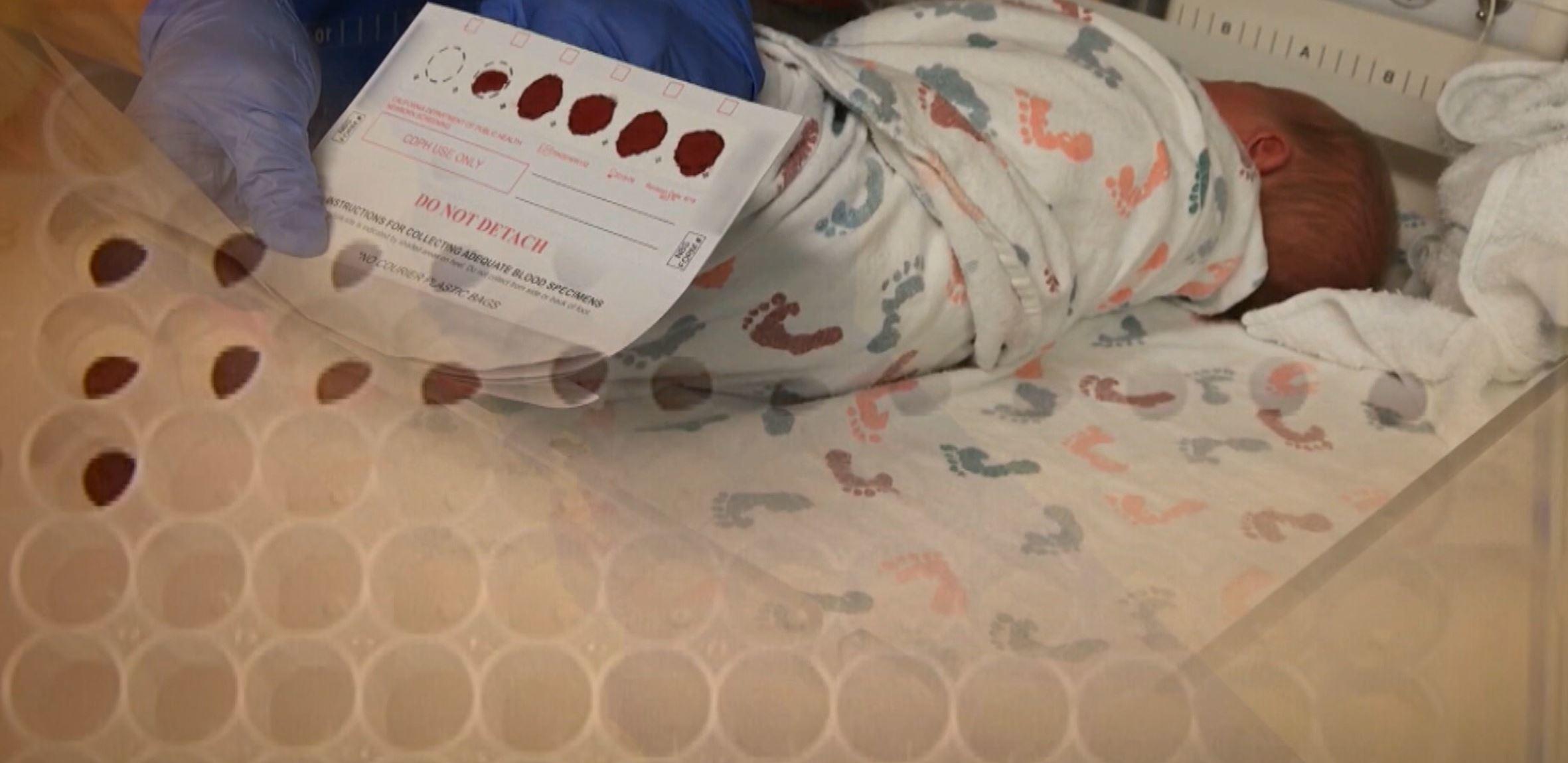California Drought Renews Focus On Capturing, Recycling Stormwater
LOS ANGELES (CBS13) — California's drought has placed a renewed focus on capturing stormwater and recycling in ways that could transform the state's urban areas.
The first stop was the largest nursery in Southern California, Altman Plants, but it wasn't for the plants. It was to see how one of the Los Angeles-area's biggest water users was able to cut water use in half.
Production manager Jesse Perez showed how Altman Plants is so huge and needs so much water that the company decided to install not one, but three reservoirs in September. It's all part of an ambitious, and so far highly successful, plan to recycle water.
MORE: California Drought Special
"We can reuse it; we use it every day and we recycle it every day," he said. "We save about 50 percent compared to last year."
Recycled water goes from one reservoir, down a canal to the next, and it's pumped up to the largest reservoir on the hill. The next day, it's mixed with some new water and reused to irrigate millions of plants.
Perez says it just makes sense.
"You don't want to waste the water. You don't wanna run off, don't wanna have it going out the door," he said.
This is conservation on a large scale at a time when every drop counts.
Currently, the vast majority of rainwater in Los Angeles is flushed out to the ocean as quickly as possible, and that's by design, says David Pettijohn with the Los Angeles Department Of Water and Power
"It took many years to engineer that system, so now what we're trying to do is reverse that trend," he said.
The department debuted a new plan to more than double the city's stormwater capture from 90,000 acre feet to 205,000 acre feet. That would account for more than one-third of its yearly supply and reduce the need to import water from the north.
Projects would be large and small ranging permeable streets that allow water to soak through and replenish the L.A. Aquifer, to homes with rain barrels.
"There aren't any more rivers or streams you can build aqueducts to and bring water into Southern California, so you really have to start focusing on local water resources," Pettijohn said.
They took us to one test site where rainwater is guided downhill into a storm drain, gradually helping recharges the region's underground supply. The project captures enough stormwater for about 100 homes, which may not sound like much, but the department hopes to replicate it across the city.
The Arid Lands Institute, a SoCal think tank, advocates capturing stormwater everywhere in the city. It released a study identifying some 40,000 potential sites in the San Fernando Valley.
It signals a shift in mindset from the days when L.A. built a system to rid itself of stormwater to the new reality of capturing it and reusing it.
"And it's also a shift away from the idea of importing water to, 'Hey, let's see what we can do locally and try to live within our means locally,'" Pettijohn said.
LADWP is asking customers for a rate hike to help fund a two-decade master plan that could cost as much as $220 million.



